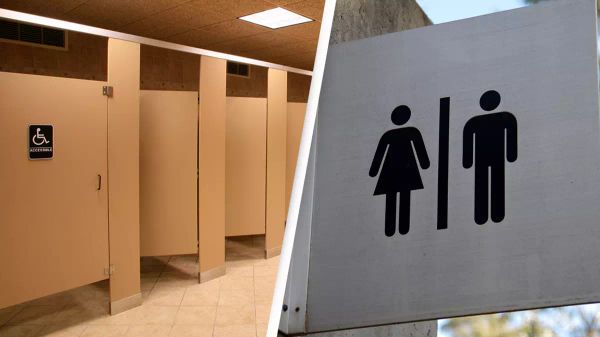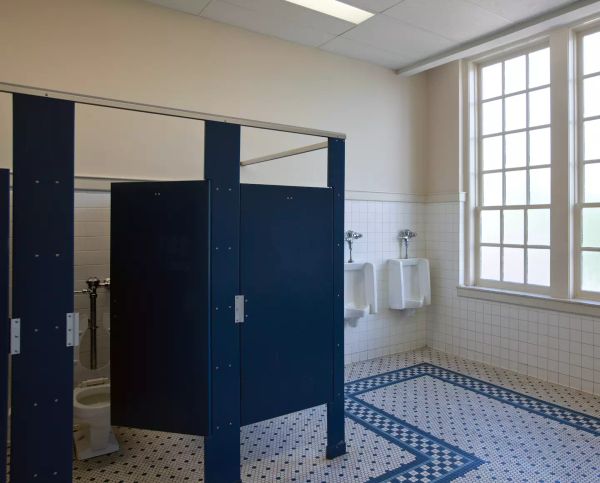Have you ever wondered why public restroom doors don’t go all the way to the ground? If you’re like me, the answer is probably yes. But fear not, there are actually some valid reasons for this design choice.

Privacy and Emergencies
One of the primary reasons for the gap under public bathroom doors is safety. Emergencies can happen anywhere, including in restroom stalls. If someone were to pass out or fall to the ground, the gap allows others to easily notice and provide help. It ensures that no one is left unnoticed for an extended period of time. This is especially important for elderly individuals or those who may have health issues.
Additionally, in the event of an emergency outside the stall, such as a fire, the gap provides a way for someone to indicate that they need assistance. If the door lock were to malfunction, people in the restroom could squeeze under the door or signal for help. It’s all about prioritizing safety and swift response.

Easy Cleaning and Cost-Effectiveness
Another reason for the gap is practicality. Cleaning public bathroom stalls is an ongoing task, given the high foot traffic they endure. The gap between the doors allows for easy access with a mop, making it more convenient to keep the floors clean and hygienic. A clean restroom is always a plus!
Lastly, there is a cost-saving element to consider. Shorter doors require less material and are generally cheaper to produce. For public spaces that need multiple restroom stalls, this can translate to significant savings over time.

So, while it might be nice to have fully enclosed restroom stalls, it’s essential to remember the reasons behind the design choices. The gap under public restroom doors serves important purposes: ensuring safety, facilitating cleaning, and keeping costs manageable.
Next time you’re in a restroom and notice the gap, you can rest assured knowing that it’s there for good reasons!






